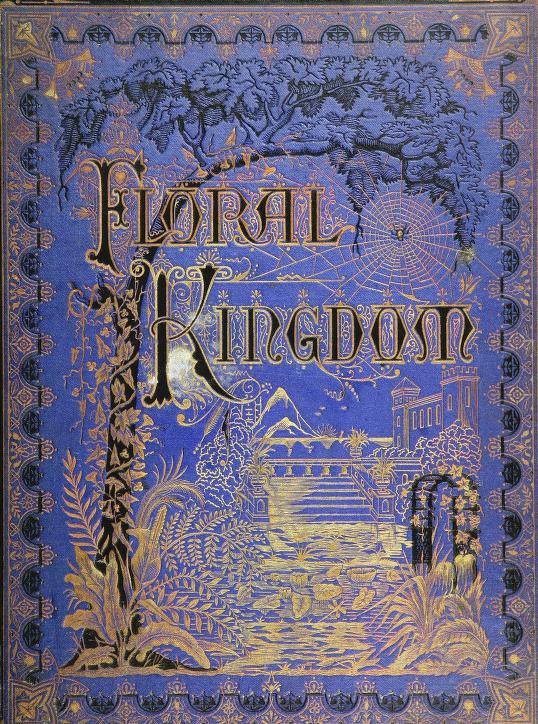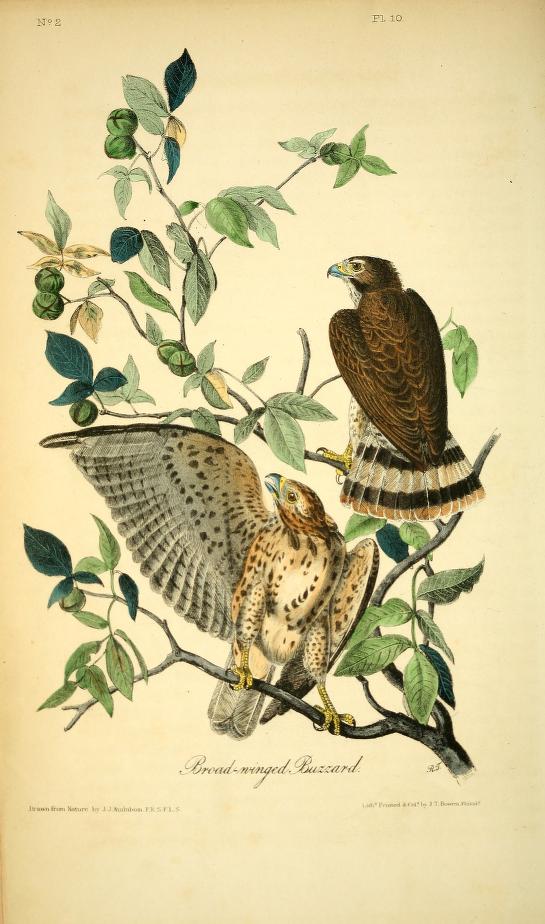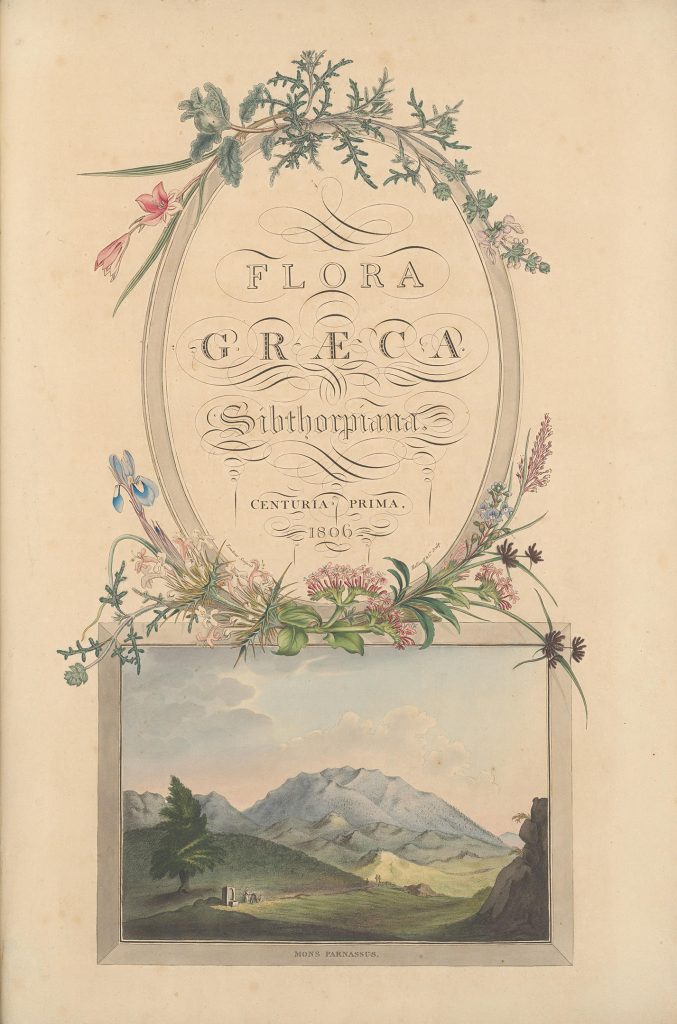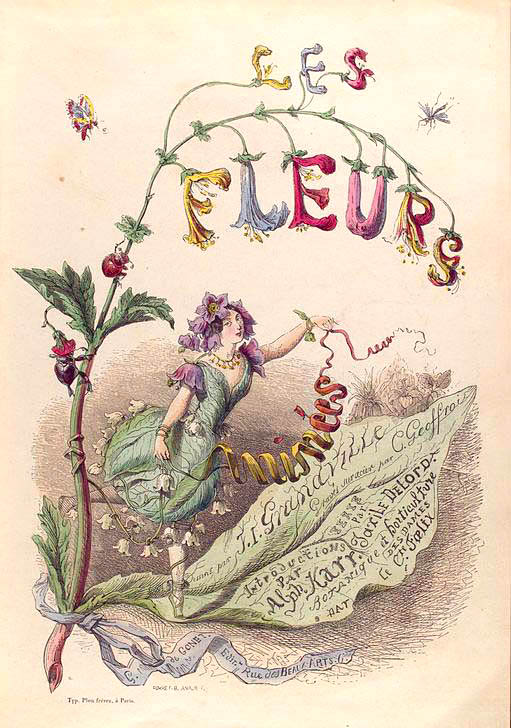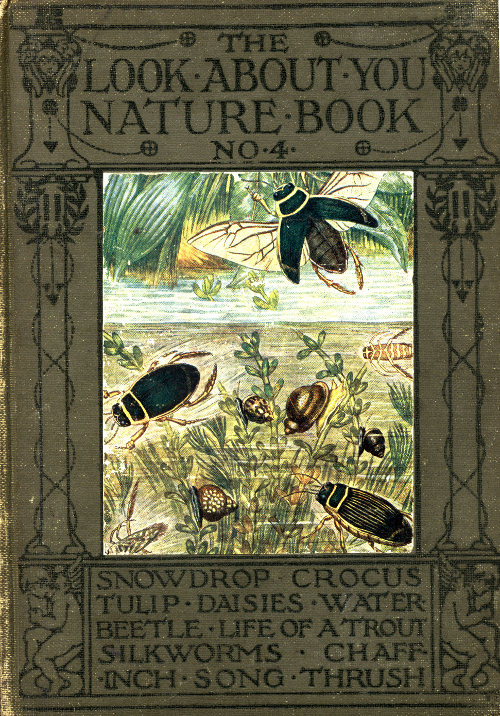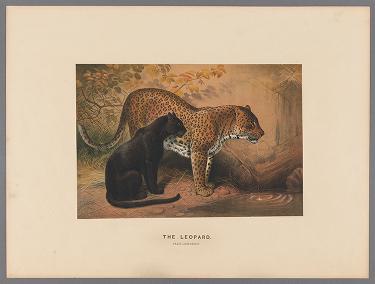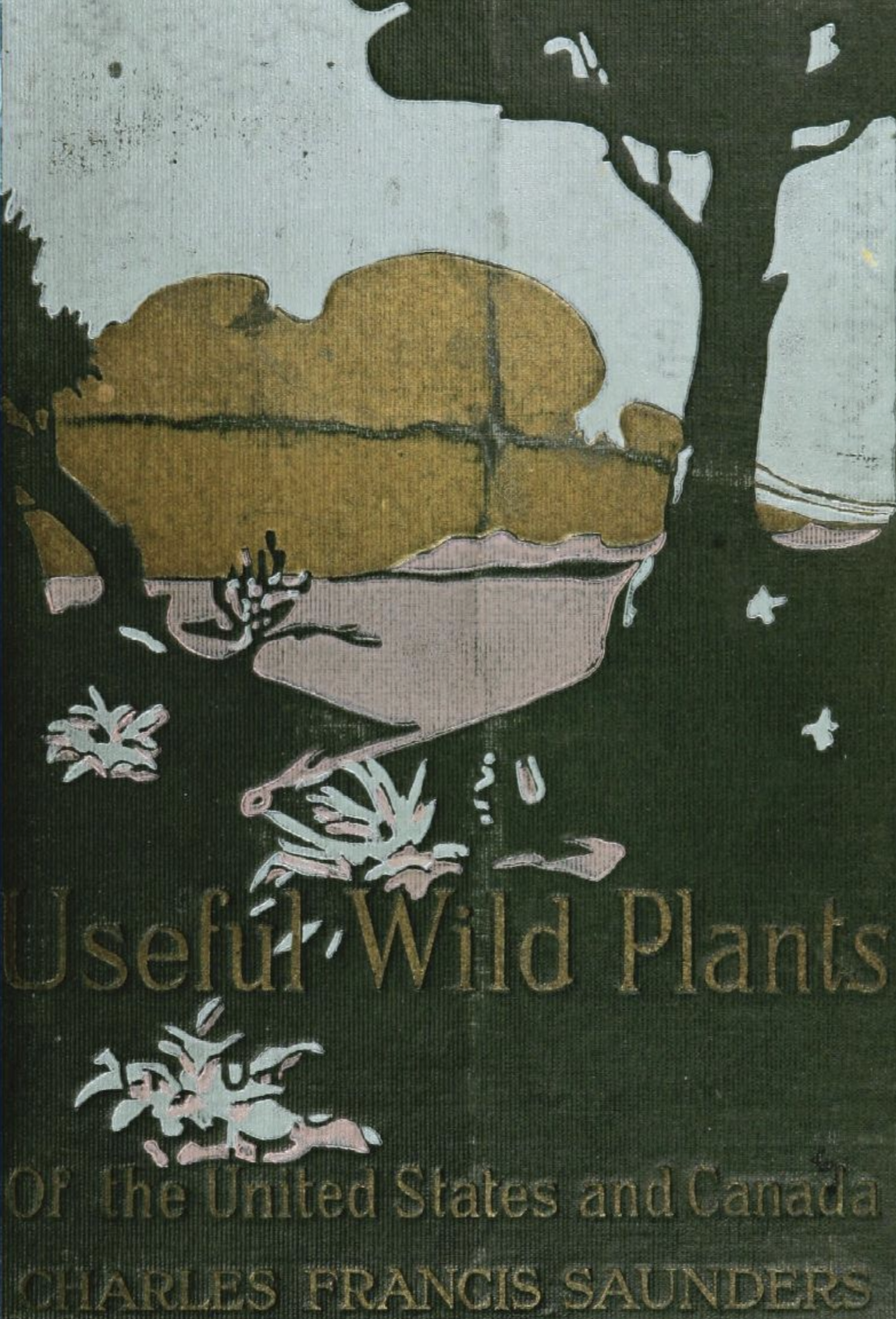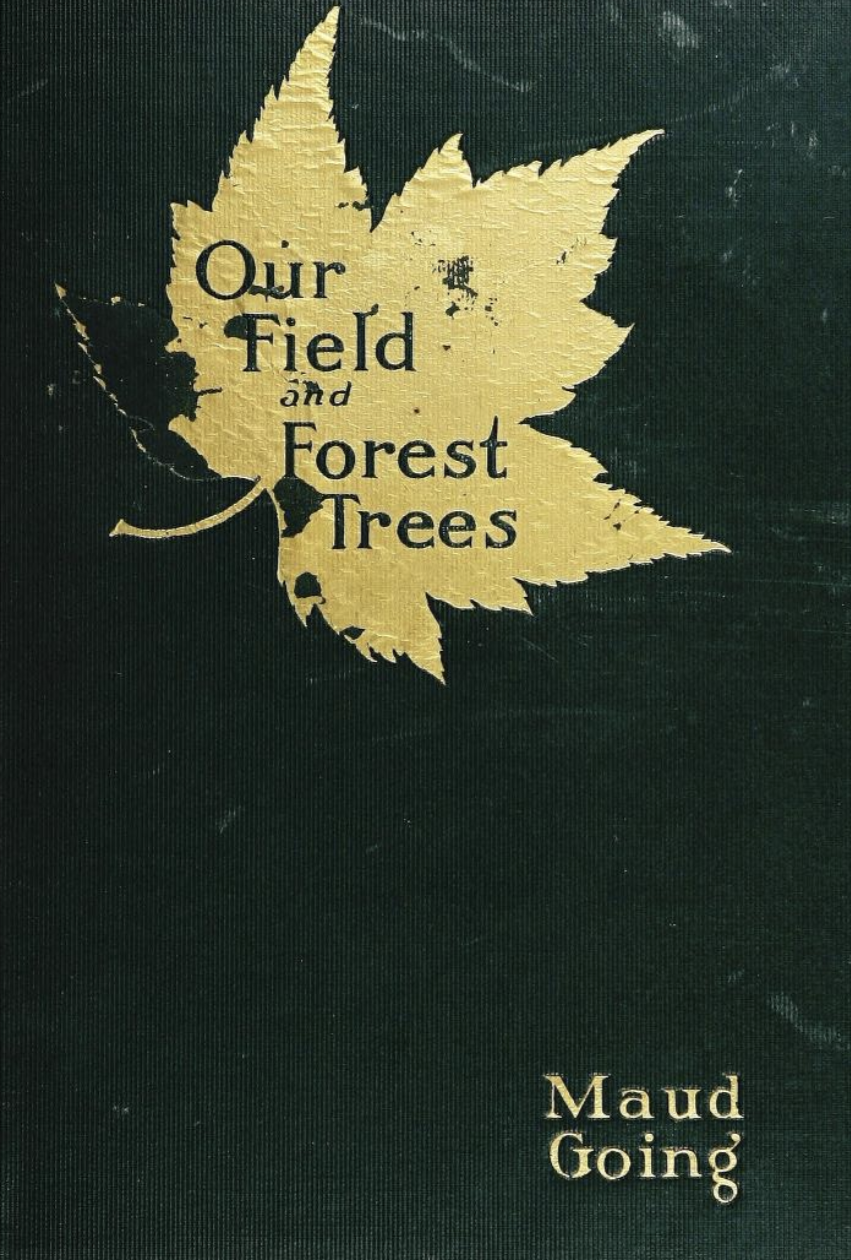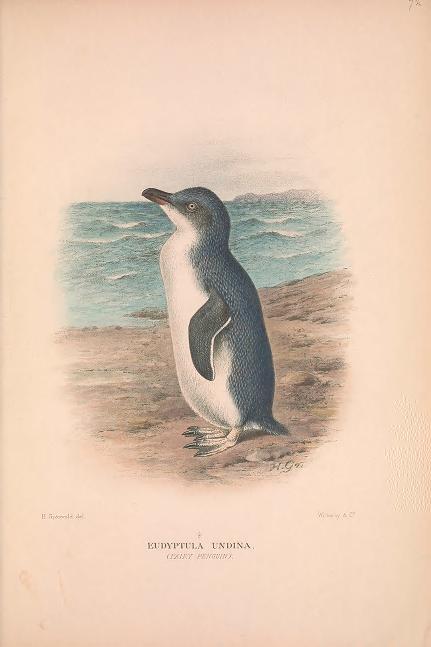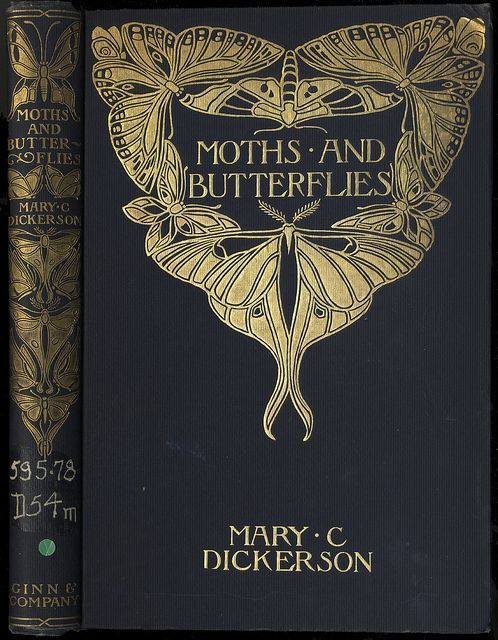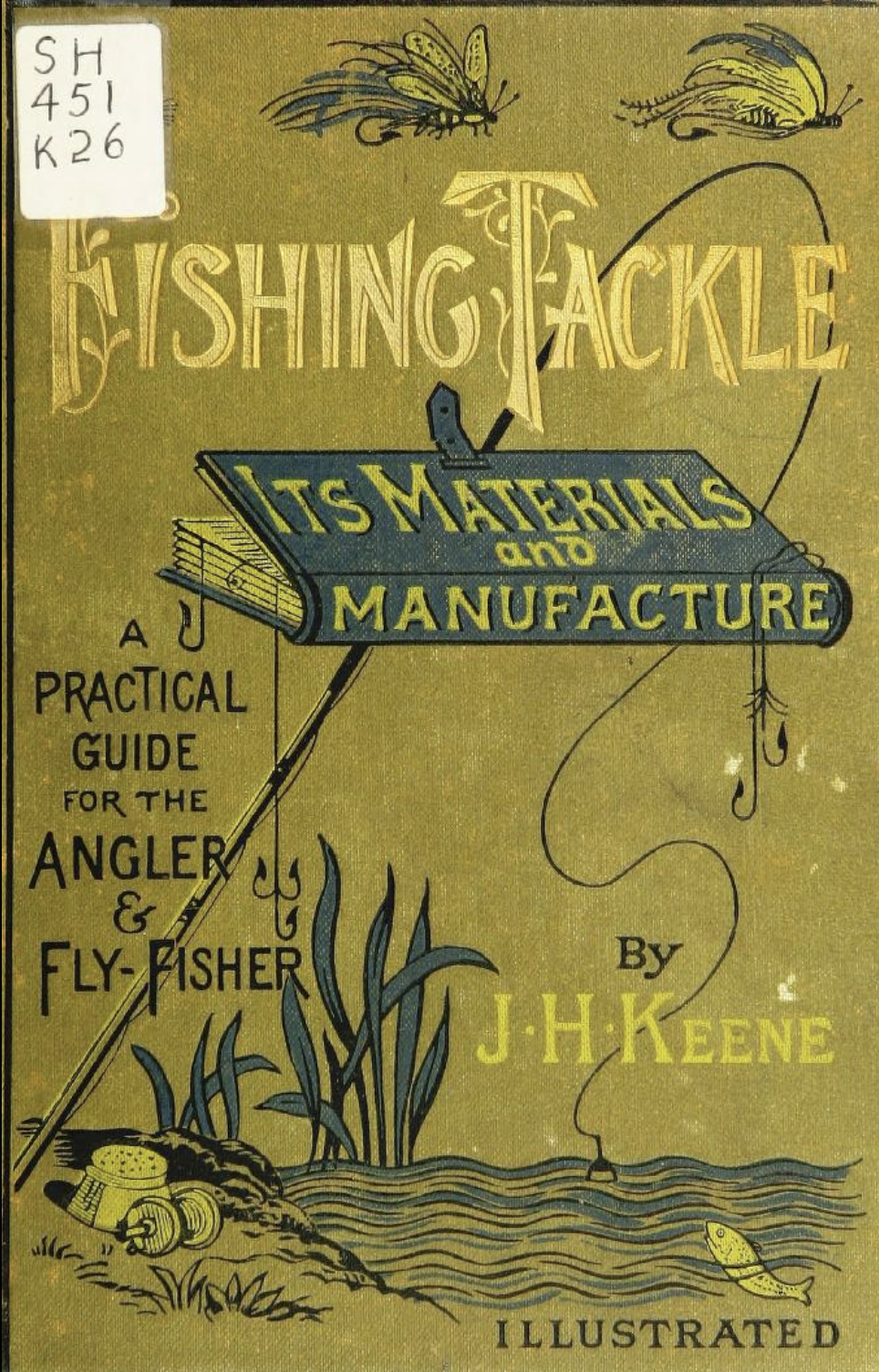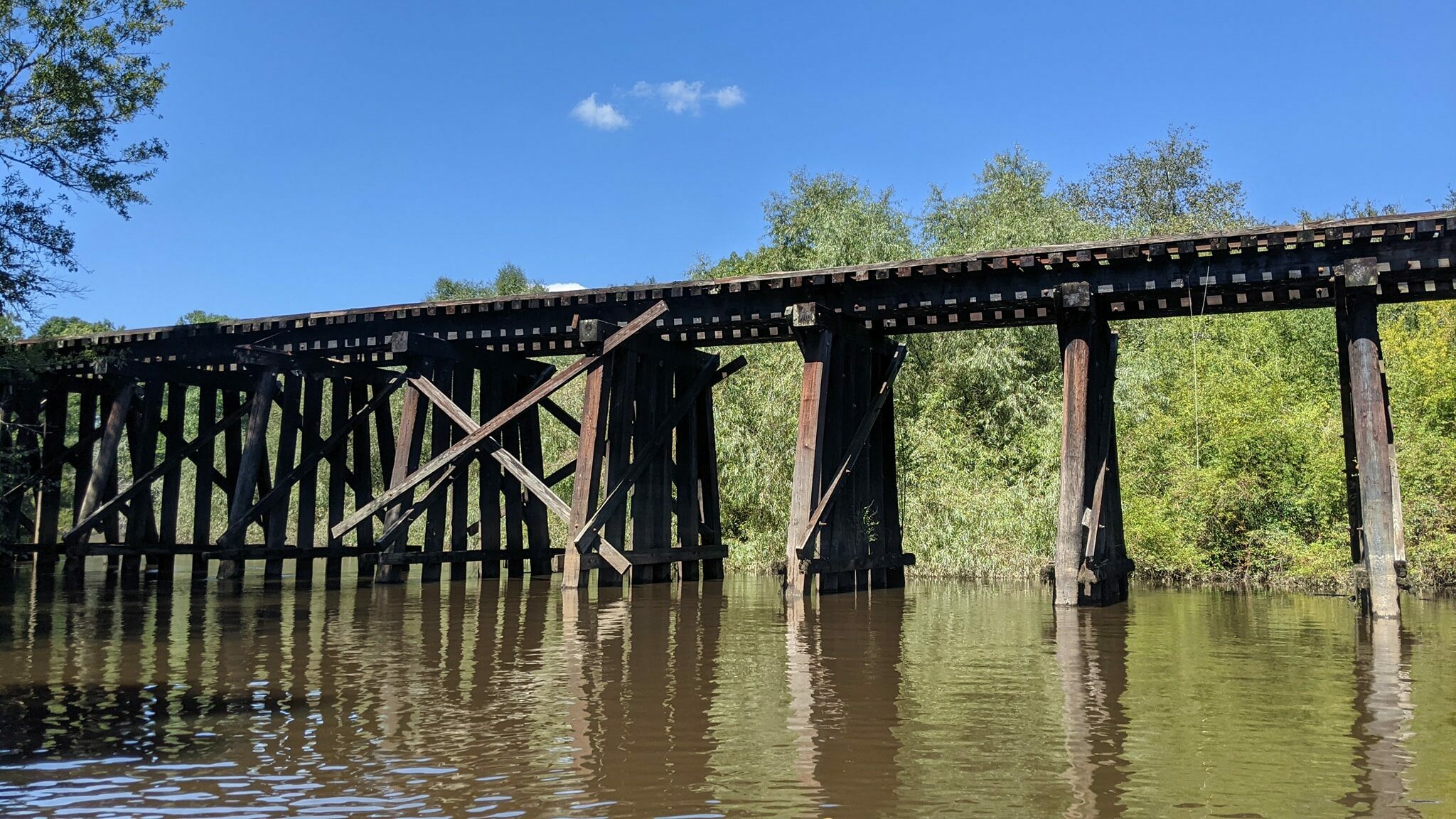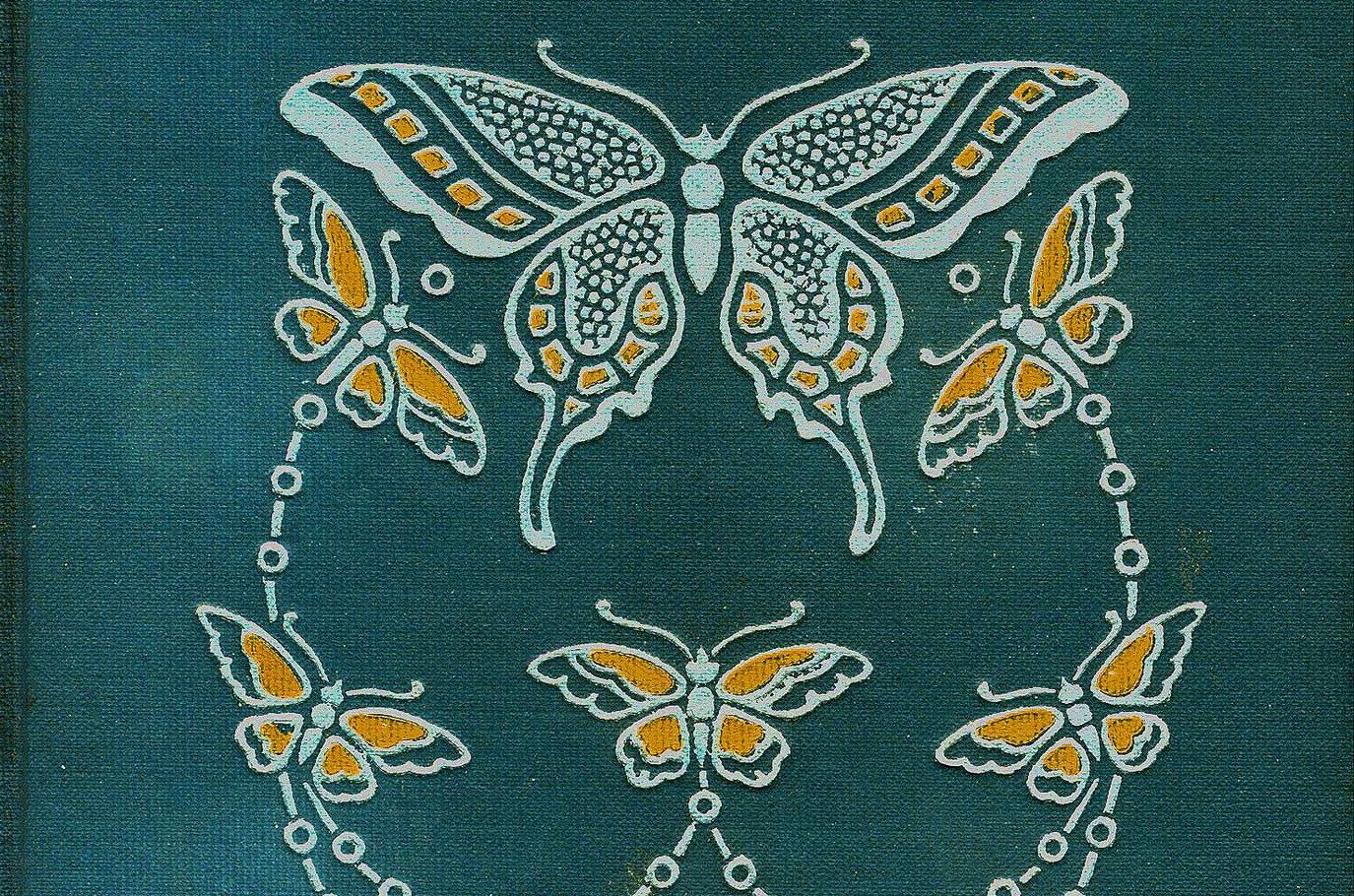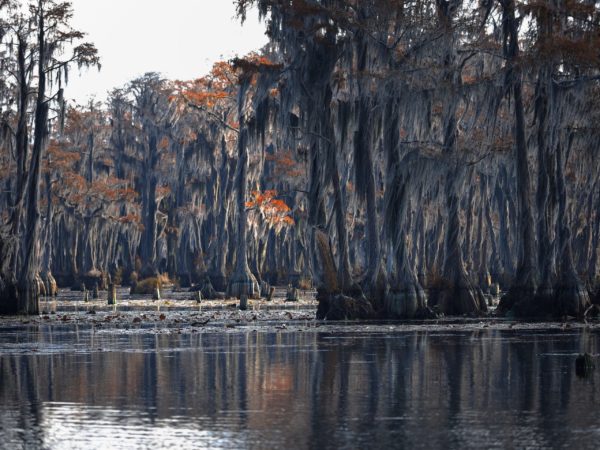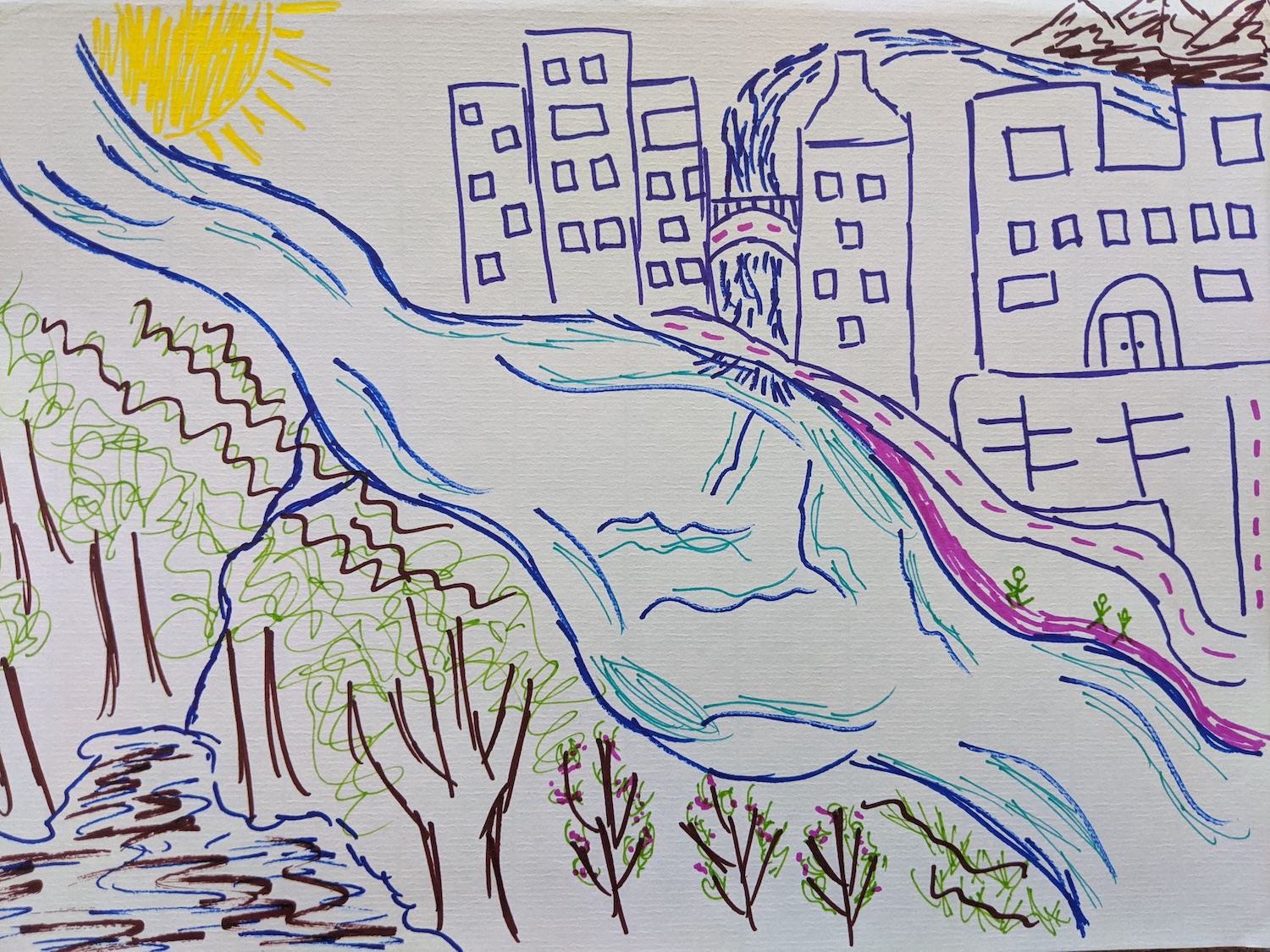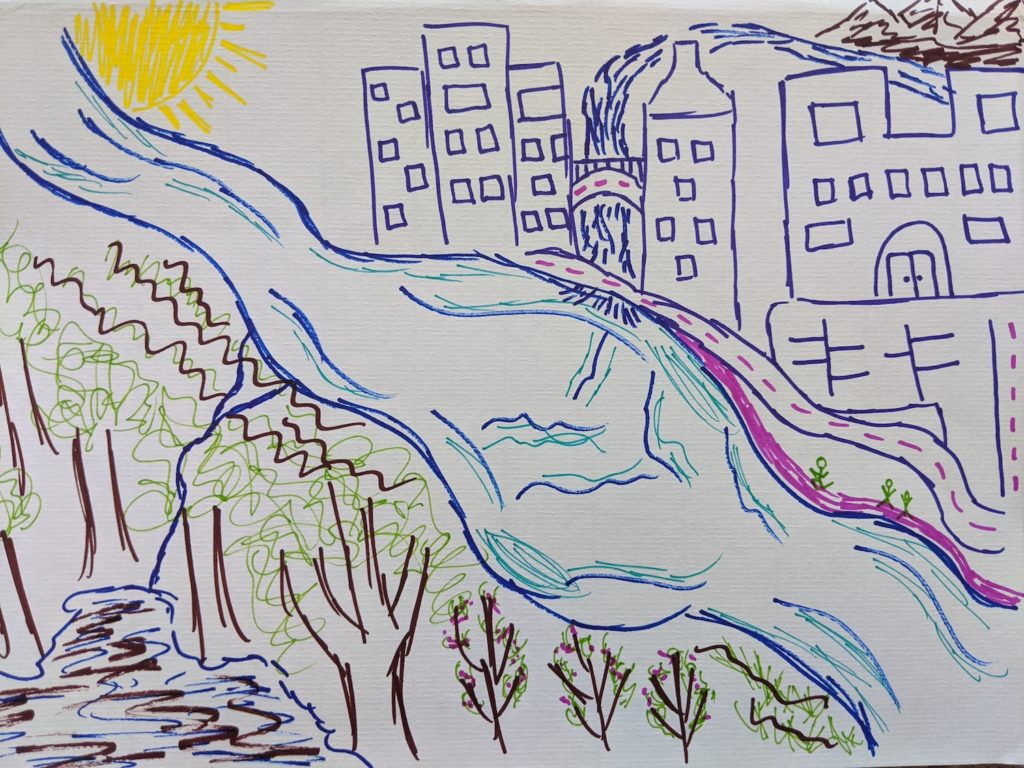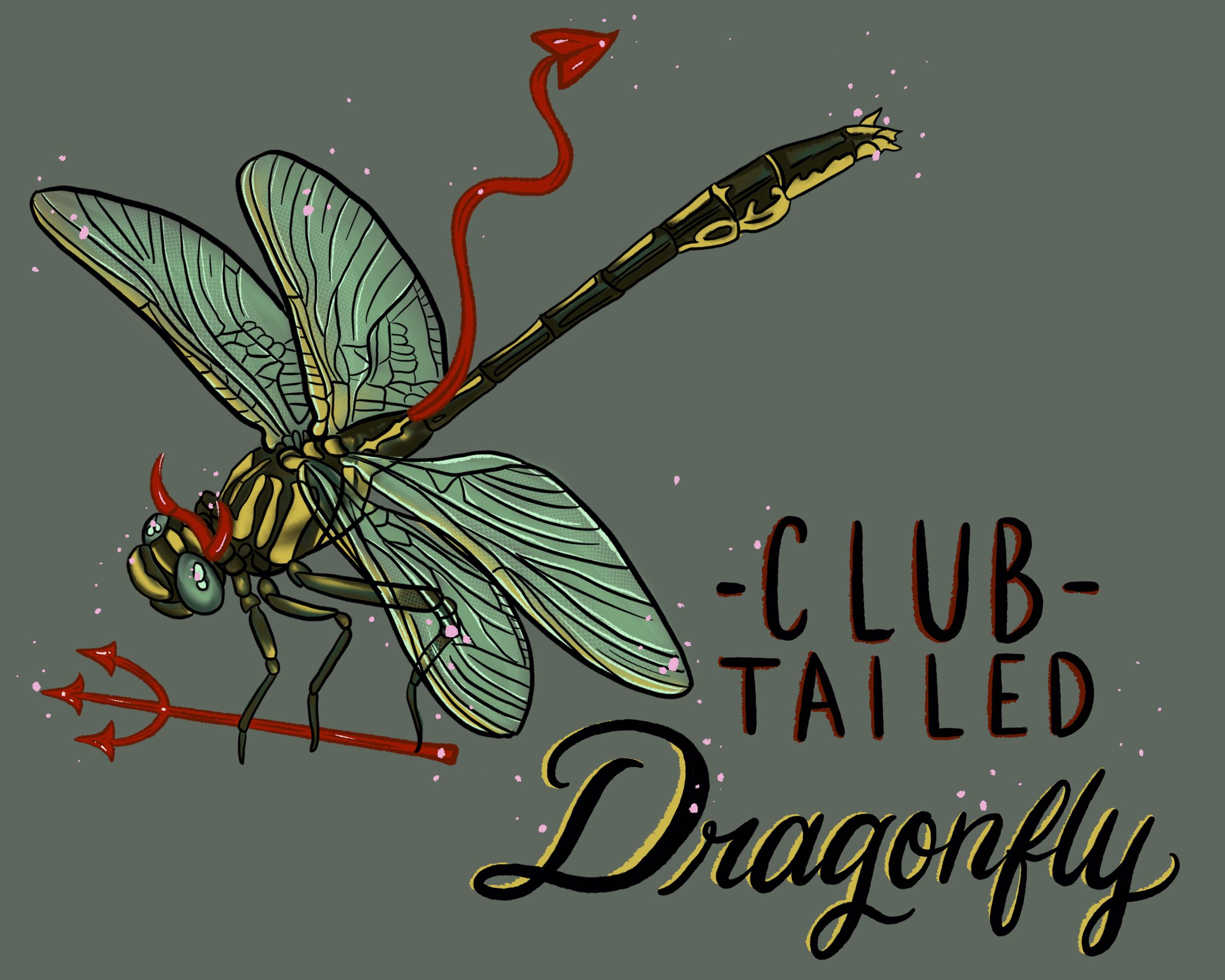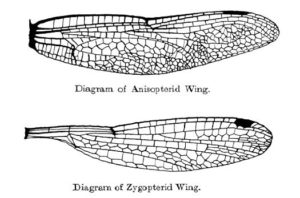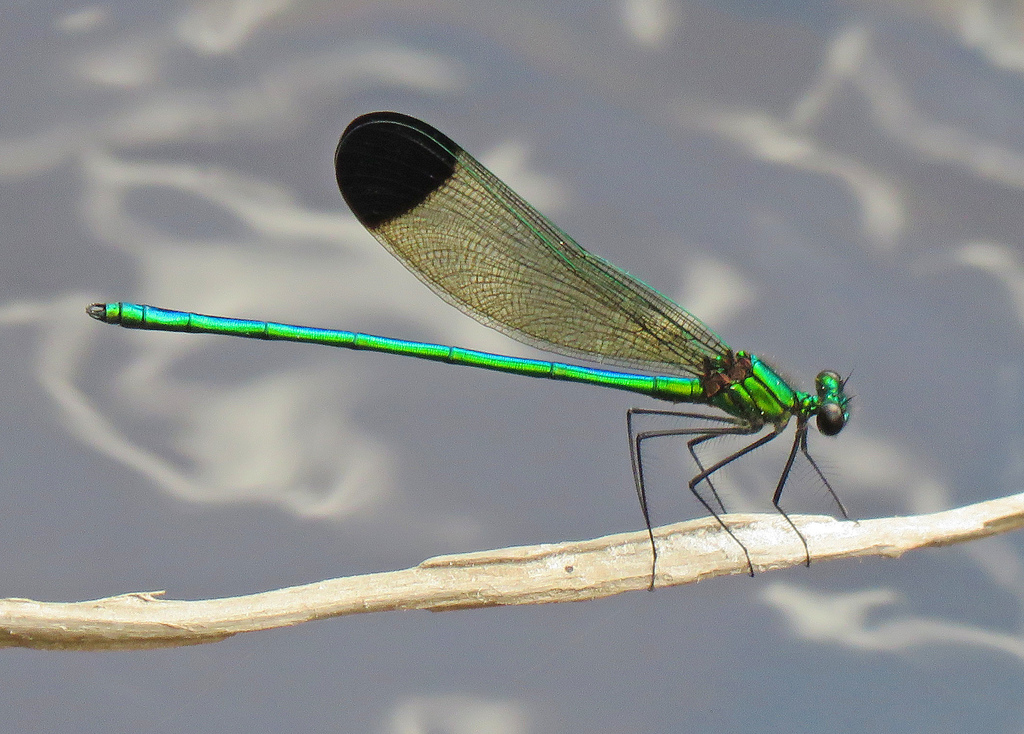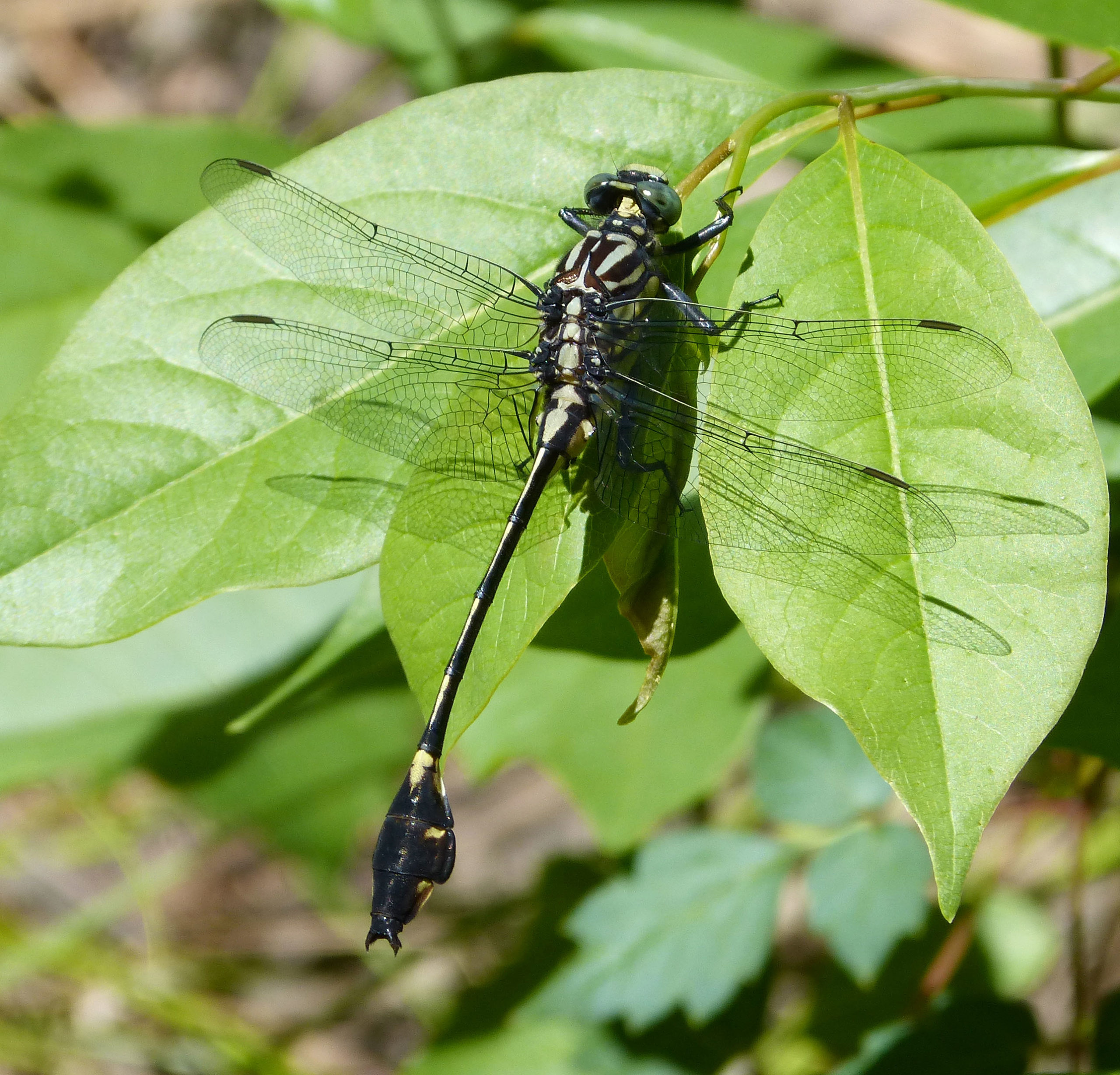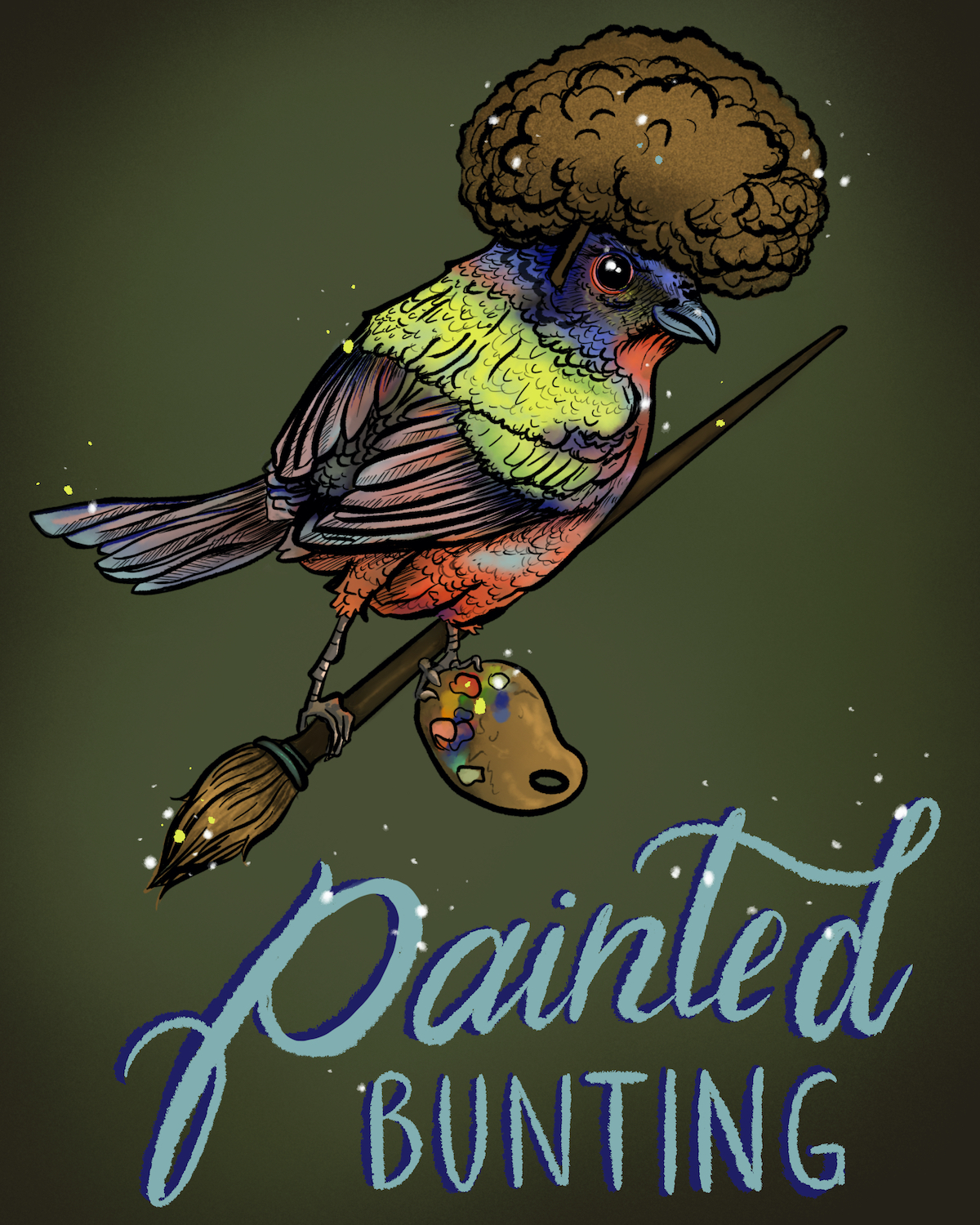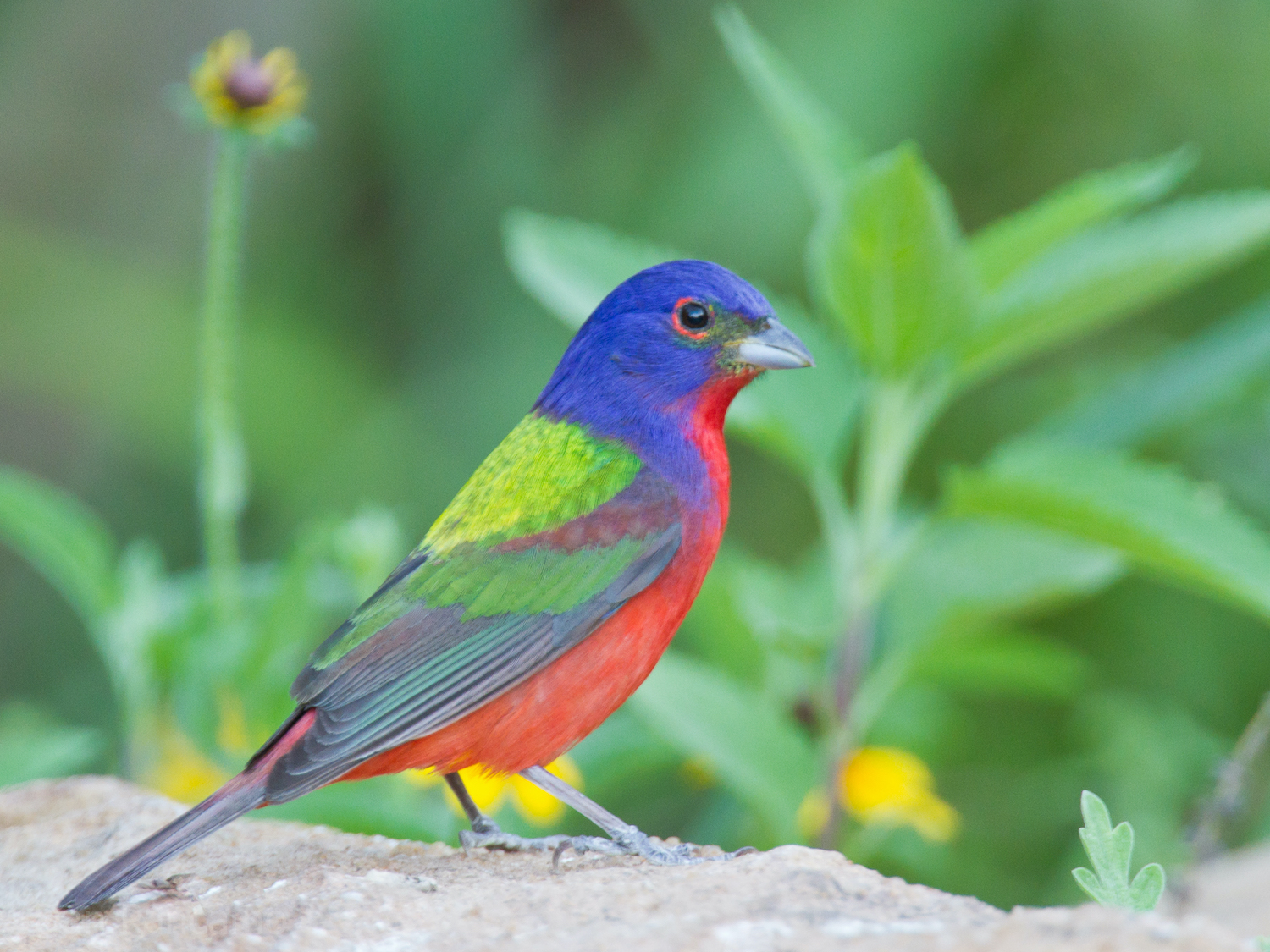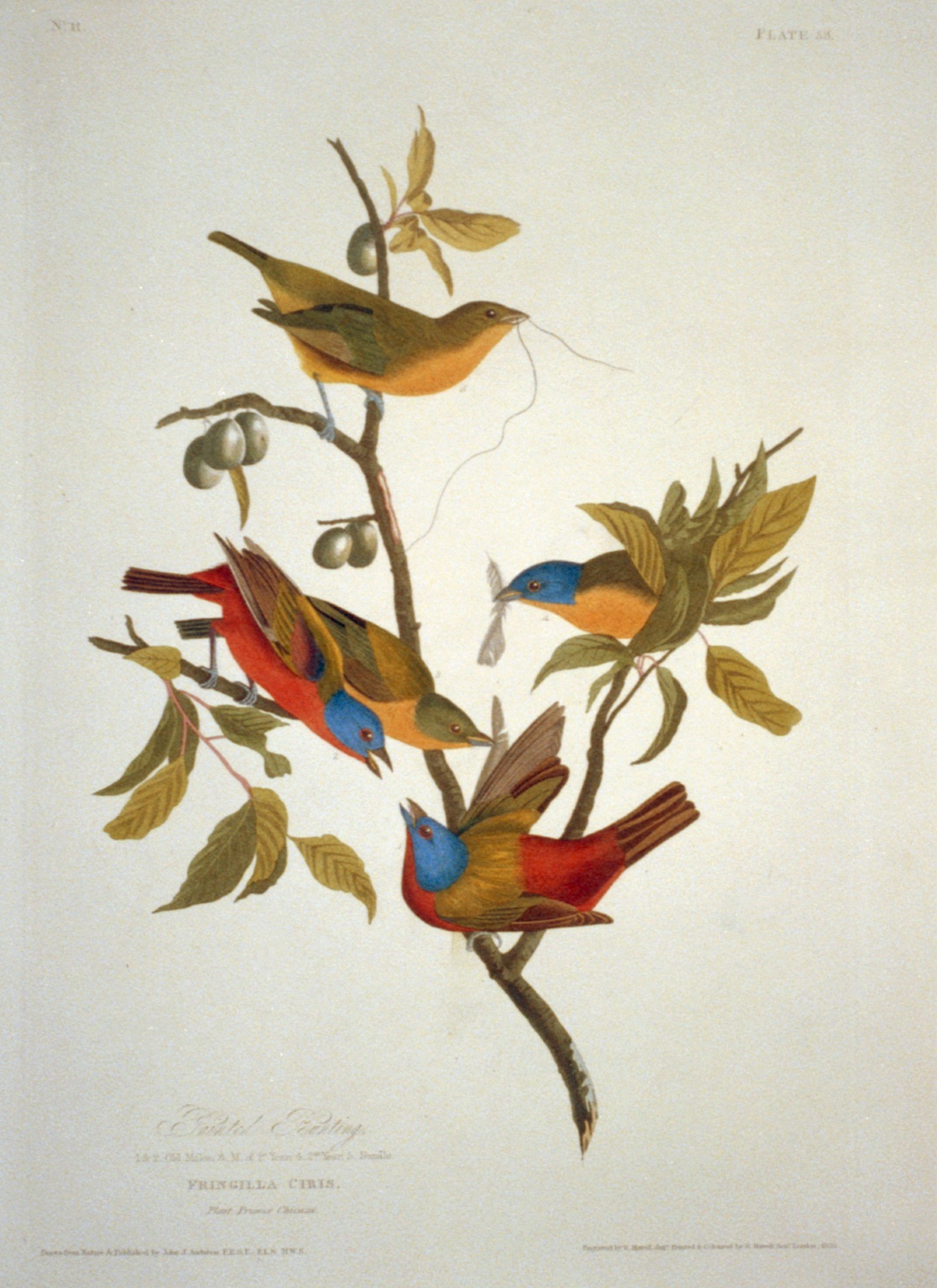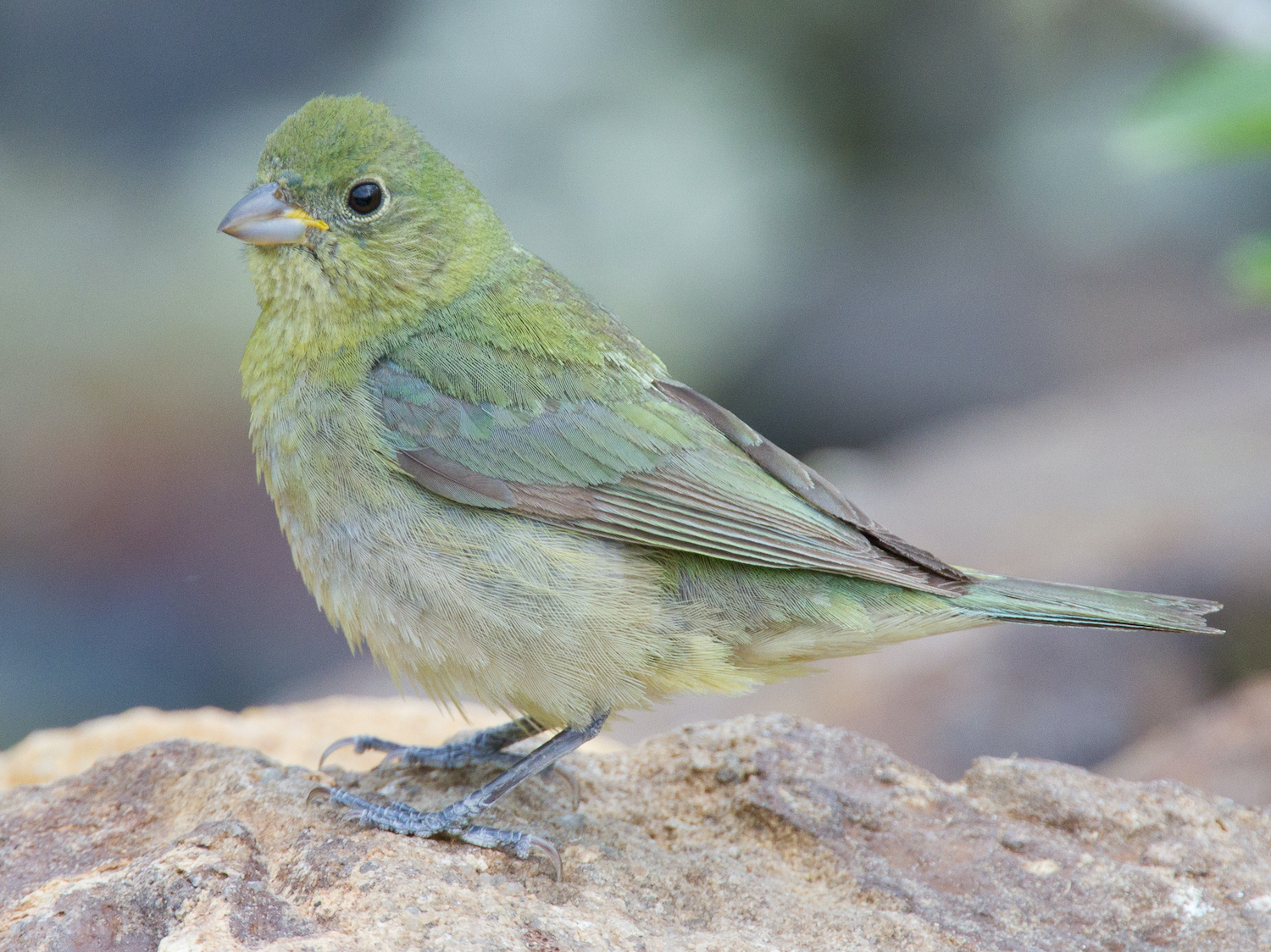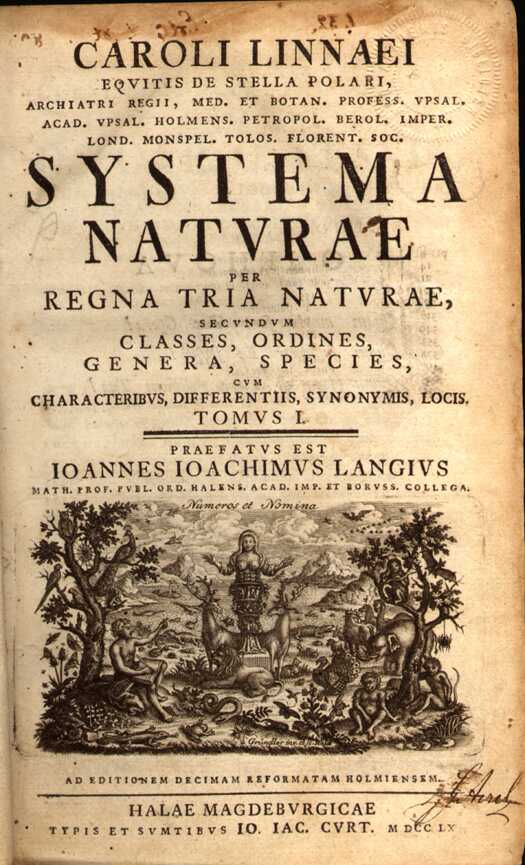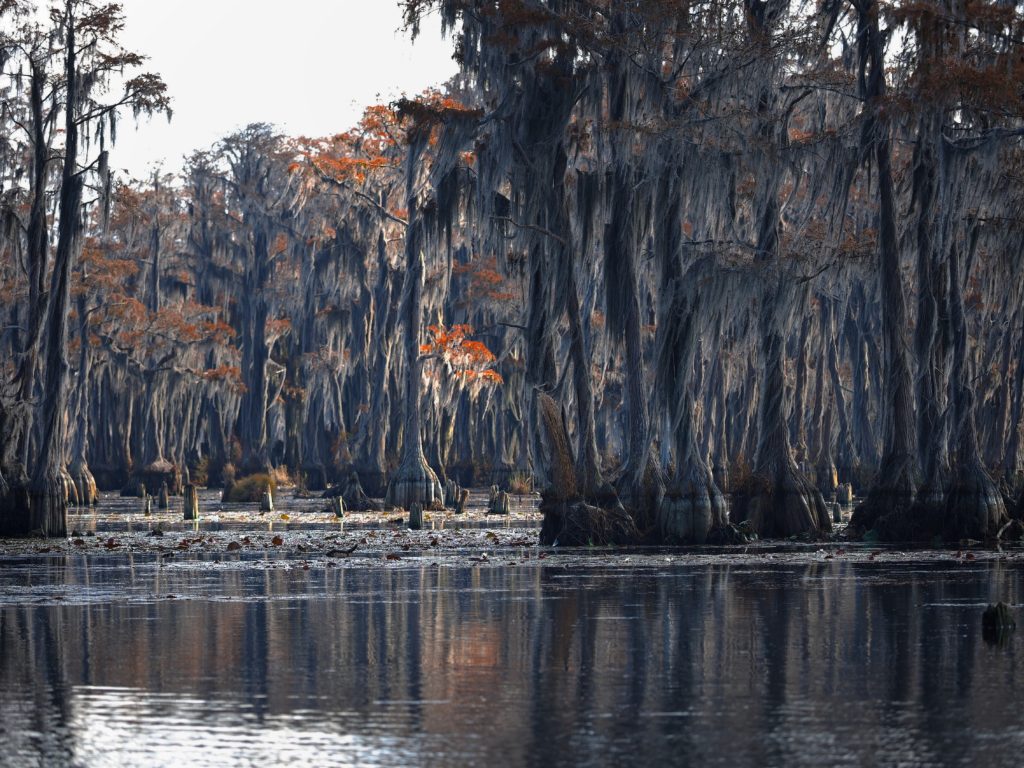
By Anna Maria Stebbins, advocacy legal intern at Waterkeeper Alliance. Reposted with permission by Waterkeeper Alliance.
Our waterways are in trouble. A new regulation from the United States Environmental Protection Agency will drastically weaken the Clean Water Act, harming public health, ecosystems, and the economy. The regulation has been branded by the Trump administration as the “Navigable Waters Protection Rule,” but it definitely won’t protect our nation’s water. Instead, it’s a gift to polluters and a grave threat to the rest of us.
The rule narrows the definition of “waters of the United States,” which are the waters the Clean Water Act authorizes the federal government to protect. The changes to the rule will mean vital protections will be stripped from millions of miles and acres of rivers, streams, lakes, and wetlands.
Will you contact your Members of Congress today and urge them to oppose this final rule?
This rule threatens our health. Companies and municipalities could dump toxic and radioactive chemicals and sewage directly into newly unprotected waterways with impunity. Unprotected waterways can be dredged and filled, killing wildlife and fish. Worse—waterways are interconnected with each other and pollution flows downstream, meaning that pollution could spread to any connected way, crossing state lines and causing widespread pollution in our drinking water supplies, fisheries, and recreational waters.
This rule will also damage the economy. Clean water is essential to so many industries and people’s livelihoods. For example, fishing industries rely on clean water that is habitable for fish. The housing market could take a hit because clean waters and healthy wetlands prevent dangerous algal blooms and flooding, which devalue property.
This new rule is an unacceptable departure from 50 years of established law and science. It primarily benefits polluting industries such as developers, fossil fuel and mining companies and industrial agriculture, at the expense of our nation’s water quality and public health. This is an obvious example of the Trump administration putting company profits over people’s health and livelihoods!
Please help protect our nation’s water. Contact your Members of Congress today and ask them to utilize their legislative authority to stop this new rule from taking effect.
Photo by Michael Rodock on Unsplash
